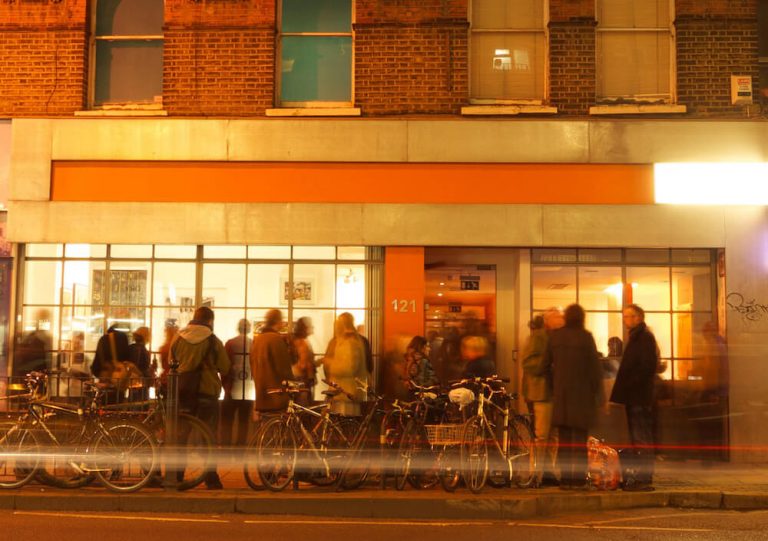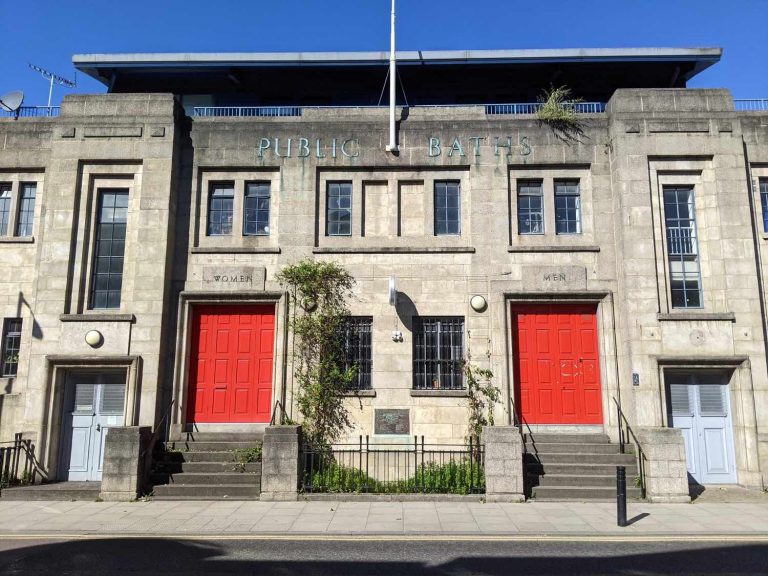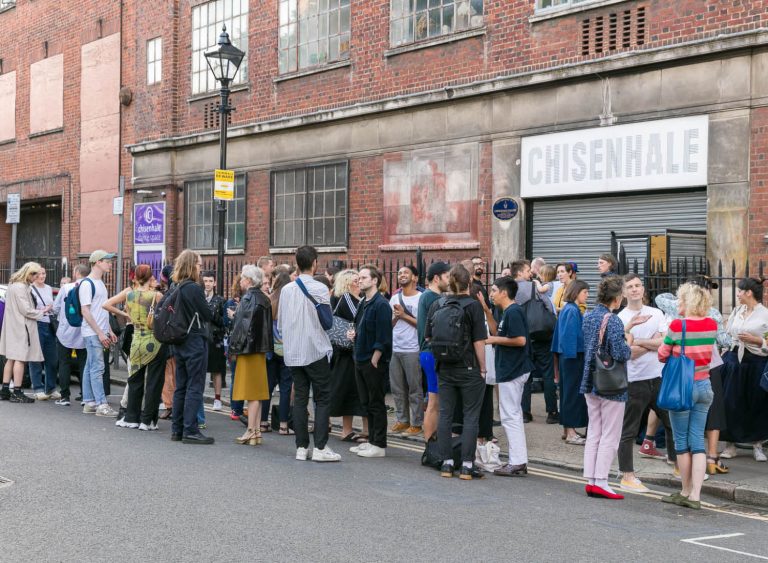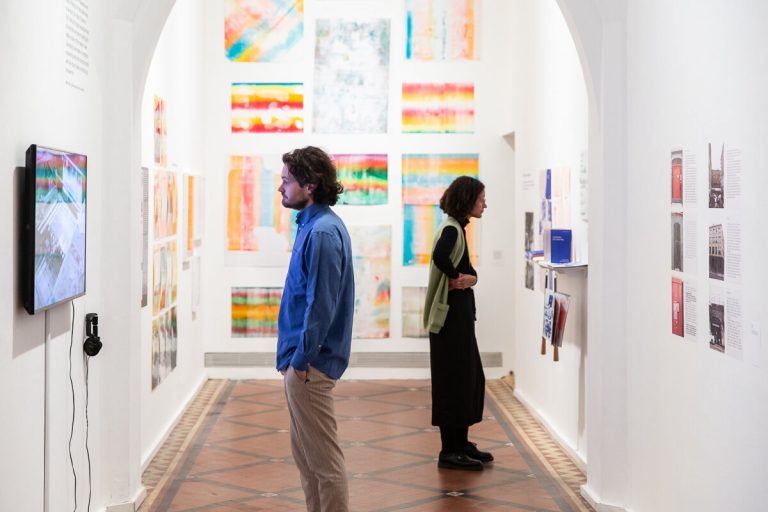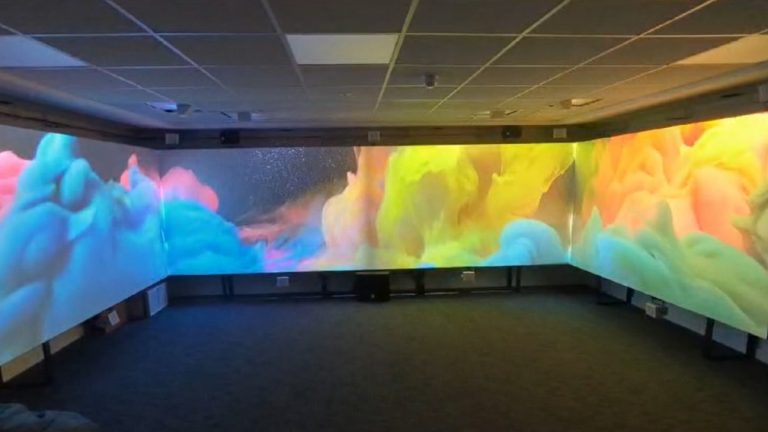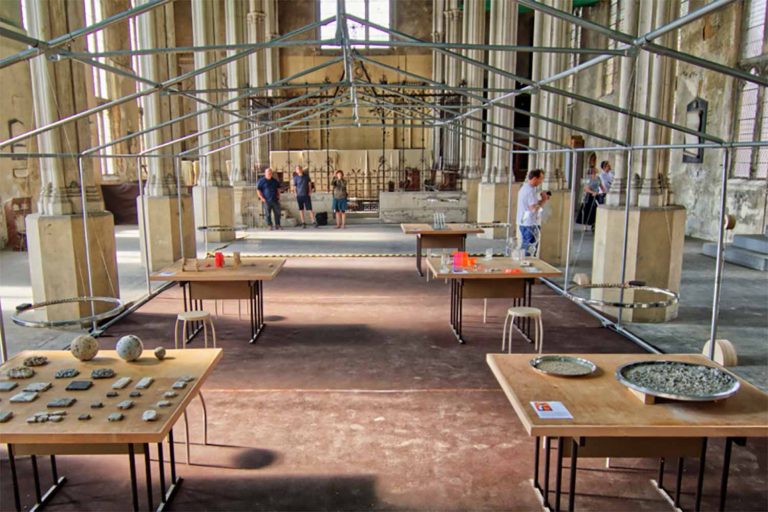Acme co-founder Jonathan Harvey OBE obituary
Acme co-founder and former chief executive who opened up affordable studio spaces and paved the way for East London’s influential art scene.
Have you ever wondered how the seeds of East London’s thriving art scene were planted? Or what attracted emerging artists to the East End in the 1970s and 80s?
A man who had a large part to play in it was the co-founder and former chief executive of Acme, Johnathan Harvey OBE, who died on 4 September 2023, at the age of 74.
A staunch advocate for helping artists be artists, Harvey’s unwavering belief in the importance of supporting artists at the level of production shaped his entire life and career, and was the founding vision of Acme which originated in Bow.
Harvey grew up and went to school in Devon, studying art at Reading University and attending Chelsea School of Art as a postgraduate before moving to Bow in 1971 in search of affordable art studios.
The recession-gripped landscape of East London, featuring empty factories and warehouses destined for demolition, presented an unexpected opportunity: cheap space to work and live appeared to be there for the taking.
Leading a group of London graduates, Harvey and fellow artist David Panton found creative solutions to transform these otherwise wasted properties into temporary studios for artists in the East End.
From these modest beginnings, Harvey and Panton founded Acme, which would become the single largest provider of permanent affordable artist studios in England.

Acme’s first properties were two semi-derelict Victorian shops on 105 and 117 Devons Road in Bow, rented as ‘short-life’ artist studios before the buildings were demolished.
For many years at Acme’s helm, Harvey and Panton continued to explore and exploit new ways of securing affordable space for artists, from short-life houses to recycling ‘dinosaurs’ – redundant commercial and industrial buildings, often on an extremely large scale.
Acme’s Copperfield Road location was its fourth home; a 1920s former warehouse located in between Mile End Park and the Regents Canal, which sits next to the Ragged School Museum.
Copperfield Road has been home to the Acme office since 1992 and provides studio space for 51 artists including painter Ed Gray, and the East London Print Makers which runs affordable workshops and open-access sessions.
Harvey’s belief in the importance of permanency, security and longevity are still key tenets of Acme’s ethos, which continues to respond to the challenges of creating affordable workspaces in London.
His advocacy resulted in increased governmental recognition of artistic communities, reflected in a newfound desire for property developers to embed affordable workspaces in residential buildings, as seen in the sustainable studios provided today by The Trampery in Fish Island and Poplar.
Outside of East London, Harvey co-founded and ran the Acme Gallery in Covent Garden from 1976-81, which hosted seminal shows by Anne Bean, Stuart Brisley and Stephen Cripps.
His influence was felt around the country when Harvey helped to establish the National Federation of Artists’ Studio Providers in 2006, representing the interests of affordable studio providers.
Among many accolades, both Harvey and Panton were appointed Officers of the Order of the British Empire (OBE) in the New Year’s 2014 Honours List for services to the arts, and Harvey was made an Honorary Fellow of University of the Arts London (UAL) in 2016.
His legacy lives on in Acme’s studios in Bow, Bethnal Green, Poplar and Stratford, and in the community of new and established artists in the East End, whose work is possible due to the efforts of Harvey and Panton who came before them.
Acme will be honouring Harvey’s legacy as part of an event on 9 November 2023 to mark its 50th anniversary.
In a tribute to Harvey on Acme’s website Panton and friends write:
‘Through it all, we can remember Jonathan’s lovely humour, his quiet wit (the slight raise of an eyebrow and a low chuckle), his love of cricket, and of good living. Jonathan’s saving grace was his streak of the devil. Nicely spoken, wearing a nice suit and with nice manners and a heart of steel, coupled with dogged persistence. But above all, his fierce recognition and championing of the importance of supporting artists to be artists. We miss him. He will be missed.’
For more articles about influential East End artists, find our piece about photographer Nigel Henderson and his home in Bow.


